
In recent times, with the attention and investment of authorities at all levels, roads in Hiep Hoa town, Duc Hoa district have been increasingly expanded and modernized.
The Long An area was identified by the US - Diem as the number 1 priority (the provinces surrounding Saigon), so from the beginning of 1962, they carried out this strategy widely throughout the province.
In Long An, after thoroughly grasping the spirit of the Resolution of the Central Bureau and the Party Committee of Zone 8 (Long An and Kien Tuong Party Committees are located in the Party Committee of Zone 8), "further strengthening the political struggle, at the same time strengthening the armed struggle in parallel with the political struggle to attack the enemy with both military and political aspects", the Long An Provincial Party Committee advocated quickly forming armed forces at three levels, launching a movement for young people to join the army, developing engineering workshops to produce crude weapons, developing mass organizations such as the Farmers' Association, Women's Association, and Youth Association to actively prepare for political struggle; organizing training on mass mobilization work, launching political struggle...
The movement to gather people and establish hamlets in Long An in 1962 destroyed and forced the withdrawal of 70 posts, put hundreds of enemies out of action, and captured many guns; the military agitation force organized more than 40 battles with the participation of military agitation bases; the political struggle force organized hundreds of demonstrations, liberating a number of communes and hamlets. This result effectively prevented the enemy's program to gather people and establish hamlets in 1962, which only achieved 13.6% of the plan in the entire Long An province. The risk of complete failure of the program to gather people and establish hamlets in Long An and the entire region was inevitable.
Therefore, at the beginning of 1963, the enemy increased its forces to Long An, specifically the 46th Regiment of the 25th Division of the puppet army to Duc Hoa town and deployed on Route 31, the 10th Regiment of the 7th Division to Route 1 from Ben Luc to Thu Thua, the Special Forces Battalion to Can Giuoc (2,500 troops), and the Marine Corps Battalion to Can Duoc (3,000 troops). In addition, the enemy also increased the number of armored vehicles operating on Route 4 from Tan An to Ben Luc, increased 2 more riverine combat groups on the Vam Co Dong River, and increased the number of guns and ammunition for artillery positions in Long An and neighboring areas.
After deploying the newly reinforced forces, they organized large-scale pacification operations - at the level of a mixed battle group. First, they swept and destroyed the terrain, searched for secret tunnels,... with the aim of driving all our forces out of the area. After completing the military mission, this force directly joined the "pacification cadre" groups to gather people and establish strategic hamlets; at the same time, they established and consolidated the grassroots authorities of communes and hamlets, organized and equipped the militia forces and assigned the responsibility of self-protection to these forces.
The enemy's strategic hamlet program in Long An progressed at a very fast pace. In Duc Hoa, in the first half of 1963, the enemy completed the establishment of strategic hamlets in 8/10 communes.
In Duc Hue, the enemy sent forces from the 7th Division to directly sweep and establish the strategic hamlet of Queo Ba in My Quy Tay. In Ben Luc, the enemy concentrated forces to establish hamlets in Voi La and Tan Long. In Can Giuoc, by mid-1963, most communes had strategic hamlets. In Can Duoc, the enemy concentrated on attacking and gathering people very fiercely in Phuoc Tuy and Tan Lan.
By September 1963, the enemy had established 240 strategic hamlets in Long An and Kien Tuong. They had recaptured most of the liberated rural areas that we had opened up from the Dong Khoi movement and pushed the province's forces into many difficult situations such as lack of bases and military operations, lack of food supplies from the masses, and not finding a way to completely attack and destroy the strategic hamlets.
Meanwhile, the concentrated forces of the province were used to operate in the weak areas of the South in a scattered manner, with the same fighting style, so the effectiveness was not high and they fell into an increasingly difficult situation: Lack of weapons supply, lack of food and had to operate continuously without conditions to consolidate and supplement troops. District and commune forces were also in a similar situation.
In fact, the above situation reflects the balance of power in Long An. Our military activities are ineffective due to the imbalance of power, which has led to the narrowing of the liberated areas and affected all aspects of the resistance war in the province. Specifically, the political and military struggle, although still maintained, is less exciting. The work of developing the Party and developing the force has also slowed down. That is the difficulty and challenge of the Party Committee and the people of Long An.
Faced with the practical difficulties of the situation, in September 1963, the Long An Provincial Party Committee convened an expanded meeting. From this conference, the Provincial Party Committee clearly saw the limitations and difficulties ahead, and at the same time clearly saw the practical foundations to overcome the difficulties. The Provincial Party Committee conference stated its determination: "Resolutely destroy all enemy strategic hamlets, expand bases, restore the status of the liberated areas as before, create conditions to push the people's war to a new level".
This determination was made while the enemy's strategic hamlets were still dense, but it had a completely practical basis because when the enemy had established many strategic hamlets in many large areas, they were forced to spread out their forces to protect them. Thus, we could concentrate our forces, create advantages in each area, destroy each enemy unit, force them to respond passively, and on that basis gradually weaken them so that they were no longer strong enough to support the strategic hamlets.
The Provincial Party Committee Conference launched a movement for the entire army and people in the province to actively dig many fortifications in areas of terrain favorable to us and along the roads where our forces often moved so that our troops could maneuver and form a mobile offensive formation when the enemy troops were on a sweep. Those fortifications also helped the people and armed forces avoid casualties from enemy artillery.
After the Resolution of the Provincial Party Committee Conference in September 1963, the entire Party Committee began to prepare all aspects for the implementation of the determination. First of all, the province consolidated its armed forces at all three levels. For the concentrated forces, the province doubled both the number of troops and the number of units; at the same time, it was equipped with a number of large weapons such as 60mm and 82mm mortars, 57mm and 75mm DKZ guns (new weapons brought in from the North).
Therefore, the fighting power of the concentrated force was stronger. For the district and commune-level forces, the province directed each district to establish a concentrated company, the number of troops depending on the equipment and supply capacity of the district. Communes must have 1 to 2 guerrilla platoons; at the same time, establish a number of "inter-commune guerrilla" teams under the command of the district as a mobile fighting force in the district (inter-commune guerrilla is a mobile force within a cluster of 2 to 4 communes, this force has a fighting mission similar to that of the district army). The province launched a movement for the entire people and army to dig fighting trenches on all terrains, creating a very exciting atmosphere of preparation.
Along with preparing for the military attack, Long An paid great attention to the preparation for the political and military struggle. The province directed all places to increase the number of cadres, party members and secret guerrillas to infiltrate strategic hamlets and actively operate so that they could coordinate in time between the uprising of the masses in the strategic hamlets and the battles of the armed forces against the enemy's posts and rescue forces. By the end of 1963, most of the enemy's strategic hamlets in Long An had our revolutionary bases and military bases. This was an extremely important factor in forming the high tide of destroying strategic hamlets in Long An.
From the perspective of using a preemptive military attack to create an uprising for the people in the climax of destroying strategic hamlets, the province directed to choose a relatively large military target and had to prepare carefully to fight for sure victory in order to create a strong shock to the enemy's morale in the area, which could lead to a chain reaction of destruction of the system of outposts and strategic hamlets. The big battle also aimed to get more weapons, to strengthen the fighting strength of the armed forces to continue attacking and destroying strategic hamlets. The enemy's commando training center in Hiep Hoa, Duc Hoa was the chosen target.
The enemy commando training base in Hiep Hoa was relatively large in scale, quadrilateral in shape, each side was 100 to 150m wide, with a large bunker mounted with a machine gun at each corner, and a secondary bunker and many loopholes facing in four directions between each side. Inside the base were many rows of barracks, artillery positions, information areas, command houses, logistics and supply areas, and ammunition warehouses. Outside, there were 11 layers of barbed wire fences combined with deep ditches and a dense system of mines and traps.
Hiep Hoa base had a capacity of about 500 troops commanded by 21 puppet officers and 14 American advisors, its scope of operations covered many provinces of the South. At Hiep Hoa base, we had built 3 very solid internal bases (with one party member). Choosing Hiep Hoa base as the target of the opening battle for the movement to destroy strategic hamlets, ensuring a sure victory and causing a big echo was a very bold policy and close to the practical situation of Long An in leading the revolutionary movement.
After having a firm grasp of the situation, the province decided to use all of the province's concentrated forces (including Company 1, Company 2; special forces, reconnaissance, firepower) along with Duc Hoa district's forces and mobilize some large weapons. In addition, the province also mobilized hundreds of laborers from many districts to serve before and after the battle. The determination to attack Hiep Hoa base, a very large target compared to the province's forces, demonstrated the bold and decisive leadership of the Long An Provincial Party Committee.
While Long An was rushing to complete all preparations to enter the climax of destroying strategic hamlets, the political situation in Saigon had a huge change: the US gave the green light to the opposition forces to overthrow the Diem - Nhu government with the coup on November 1, 1963. This situation caused the enemy's strategic hamlet program to stall. Realizing that opportunity, the Long An Provincial Party Committee advocated quickly launching the climax of destroying strategic hamlets throughout the province.
On the night of November 22, 1963, the attack on Hiep Hoa base took place, opening the climax of the province's strategic hamlet destruction campaign. The battle was directly commanded by comrade Huynh Cong Than, representing the Provincial Party Committee Standing Committee, and commanded by comrade Nguyen Huu Nhon (Tu Vu), the Provincial Team Leader.
At 00:10, when our commando team was infiltrating the enemy's command post, we encountered a patrolling enemy group, so we were forced to open fire before the scheduled time. The internal response team at the guard post turned on the searchlights to shine on the command house and used machine guns to destroy the patrolling enemy group, creating an opportunity for the commando team to move in and destroy the command house and the American advisor's house. Coordinating with the forces inside, the DKZ battery destroyed the western bunker, creating conditions for Company 1 to use ladders to cross the trench and charge to capture the target as planned. The battle lasted about 45 minutes, we completely controlled the base, killed dozens of enemies on the spot, captured more than 100 of them, including 4 American advisors, and seized over 500 guns of various types and a lot of ammunition. These were the first and largest number of American officers captured alive by us on the Southern battlefield. On our side, we only suffered light losses.
On the morning of November 23, 1963, a commando platoon from Hoa Khanh moved to Hiep Hoa and was attacked by the military propaganda force with a divisive move, so the entire enemy platoon was captured by the puppet government, because they thought they were working as insiders for us. Another platoon from Duc Hue moved to Hiep Hoa market and encountered the political struggle force of the masses, both propagandizing and threatening, causing the entire platoon to desert. The Hiep Hoa battle destroyed two more platoons by combining politics and military propaganda.
Immediately after the battle, Long An decided to launch a high-point campaign to promote the momentum of the Hiep Hoa victory. In Duc Hoa, where the enemy gathered people and established the most hamlets, we also had the most vigorous and powerful movement to destroy strategic hamlets. The enemy's strategic hamlets in Duc Hoa were broken up piece by piece, 8 communes of Duc Hoa were completely liberated. In Duc Hue, the political struggle of the masses against gathering people took place quite fiercely in areas such as My Quy Tay and Binh Thanh, defeating the enemy's plot to gather people to Thu Thua. In Ben Luc, the District Party Committee firmly controlled the armed forces stationed in the areas of Gia Van, Ca Ngua, Ba Von,... to attack and destroy strategic hamlets and attack many posts, many strategic hamlets were voluntarily destroyed by the people. In Chau Thanh, the armed forces fought the enemy in Thuan My and Thay Ban, supported the people's uprising to destroy a number of strategic hamlets, and expanded the liberated areas.
In Can Duoc, the District Party Committee directed three-pronged attacks throughout Phuoc Ly, Nha Tho, Xoai Doi, Cau Noi, Phuoc Dong, Tan Chanh, Tan Lan,... the enemy in many outposts fled, many strategic hamlets were destroyed.
In Can Giuoc, the movement to destroy strategic hamlets developed quite vigorously, with key communes such as Phuoc Vinh Dong and Thuan Thanh rising up to liberate themselves. Other communes such as Phuoc Lam, Phuoc Hau, and My Loc were areas where all three prongs were attacked strongly. By the end of the peak period, Can Giuoc had liberated 7 communes.
The situation in other districts of Long An was also very exciting and a movement of the entire population participating in destroying strategic hamlets by all forms of struggle was truly formed.
On the basis of the widespread development movement, the Provincial Party Committee directed the forces to concentrate on organizing larger battles to promote the climax to develop more quickly. Implementing that policy, Company 1 and Company 2 fought a raid in Muong Tram (Thanh Loi commune, Ben Luc district), destroying an enemy commando battalion. Then, at the end of April 1964, they fought a battle to destroy the enemy's militia training center in Go Den, Ben Luc. This battle made the enemy unable to replenish the number of troops for the outposts, forcing them to withdraw from a number of outposts, leading to the disintegration of the strategic hamlets that the outposts protected.
After 5 months of continuous attacks, Long An army and people destroyed, forced to retreat, forced to surrender and disintegrated hundreds of large and small enemy posts, including two large bases, Hiep Hoa and Go Den, destroyed a main enemy battalion, and destroyed most of the strategic hamlets in the province. By February 1964, the whole province had liberated 23 communes, destroyed 193/237 strategic hamlets, destroyed and forced to retreat 60 posts. The US had lost almost all the strategic hamlets and posts that the US had built in 2 years 1962-1963, and disbanded more than 2,000 fighting youth and militia. The liberated area of the province developed into a continuous position from Duc Hue district to Ben Thu and down to Can Duoc district. We had basically defeated the enemy's strategic hamlet policy, bringing the revolutionary movement of the province to a solid position. Thereby, completely defeating the enemy's pacification program in one of their most important areas, Long An.
The province-wide offensive operation, against pacification, gathering people, and establishing strategic hamlets from the end of 1963 to the beginning of 1964, culminating in the victory of Hiep Hoa in Long An province, achieved great success. Through combat operations against the enemy, the province's armed forces improved their command and combat organization skills, and were supplemented with more troops and weapons.
Long An Provincial Party Committee launched a campaign to destroy strategic hamlets in a situation where the province was facing many difficulties. However, the campaign developed strongly and achieved great results. There were many reasons for this remarkable development:
- Regarding leadership, the province has found out the objective and subjective causes that led to the enemy being able to quickly carry out the plan to gather people and establish hamlets. On that basis, the Provincial Party Committee has applied the leadership experience in previous periods to propose new policies that are very bold and close to the practical situation.
- Regarding organization and implementation, the Party Committee of the armed forces has successfully completed the military attack mission, creating momentum and strength for the climax of the strategic hamlet destruction movement of the entire people. The victory of the climax was also due to the efforts of many troops including infantry, commandos, scouts, artillery, internal forces and patriotic people of Duc Hoa district communes.
Regarding objective conditions, the climax of the destruction of strategic hamlets in Long An took place when the Saigon government was in a state of constant crisis after the Diem coup on November 1, 1963. Therefore, they were somewhat lax in implementing the pacification program. Particularly in Long An, although the enemy had a large number of troops, they had to spread out to protect many strategic hamlets, so many loopholes were exposed.
The victory of the Hiep Hoa battle demonstrated the correctness of the policies and determination of the leadership of Long An province. The Hiep Hoa battle had a great effect, strongly encouraging the fighting determination of the army and people of Long An; at the same time, demonstrating the new ability of the provincial armed forces in fighting the enemy, against a formidable and modernly equipped combatant. The resounding victory of the Hiep Hoa battle on November 23, 1963 shook the spirit of the puppet army, puppet government in Long An, the main force, local army and the communal militia, all of whom were bewildered and afraid. That was the resounding opening for the climax of destroying Long An's strategic hamlets, foreshadowing the failure of the "special war" strategy in Long An.
The Hiep Hoa battle is a typical example of the application and creation of combined strength by closely combining three main attacks: military, political, and military propaganda. The battle demonstrated that the combat capability of Long An forces had reached a fairly high level, capable of completing larger combat missions.
The Hiep Hoa victory also had practical significance for the Southern battlefield, expanding the corridor connecting the Southeast with the Southwest and Southeast Cambodia. Long An was the first province to end the campaign of destroying strategic hamlets early and most thoroughly in the entire South.
The climax of the strategic hamlet destruction campaign, culminating in the Hiep Hoa Victory in 1963, marked an important and pivotal achievement in the series of resilient struggles of the entire army and people of Long An in the following years, contributing with the whole country to completely defeat the enemy's "local war" strategy in the period of 1965-1967 with the movement of the entire people fighting the enemy, of which the Rach Kien Anti-American Belt was the symbol, and was awarded the glorious flag: "Loyal and resilient, the entire people fight the enemy" by the Central Committee of the National Liberation Front of South Vietnam in 1967.
60 years have passed, but the resounding victory and lessons learned from the Hiep Hoa Victory in 1963 still have profound theoretical and practical value, and need to be further promoted and creatively applied in political and ideological education, and in the cause of building and defending the Fatherland today. In particular, the revolutionary spirit of attack, bravery, resilience, solidarity, and readiness to contribute and sacrifice for the cause of national liberation and reunification of the Party Committee, armed forces and patriotic compatriots of Long An province is a priceless asset that needs to be further promoted.
Promoting the propaganda to celebrate the 60th anniversary of the Hiep Hoa victory (November 23, 1963 - November 23, 2023) aims to help cadres, party members and people understand more deeply about the historical traditions of their homeland, contributing to improving the effectiveness of education on revolutionary historical traditions, arousing national pride and self-esteem and the tradition of loving the homeland and country for future generations. Thereby strongly arousing in the people the spirit of patriotism, the will to be self-reliant and self-reliant and the aspiration to develop the country, build a prosperous and happy province, contributing to realizing the goals of the Resolution of the 11th Provincial Party Congress and the Resolution of the 13th National Party Congress./.
BTGTU
Source


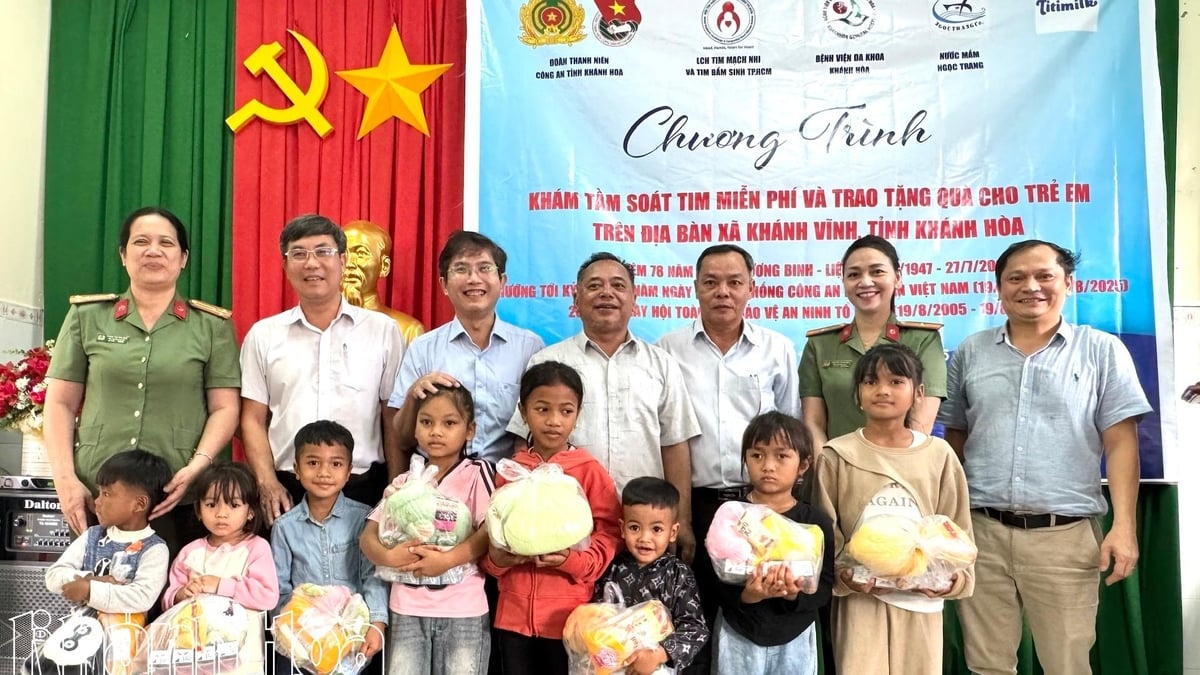
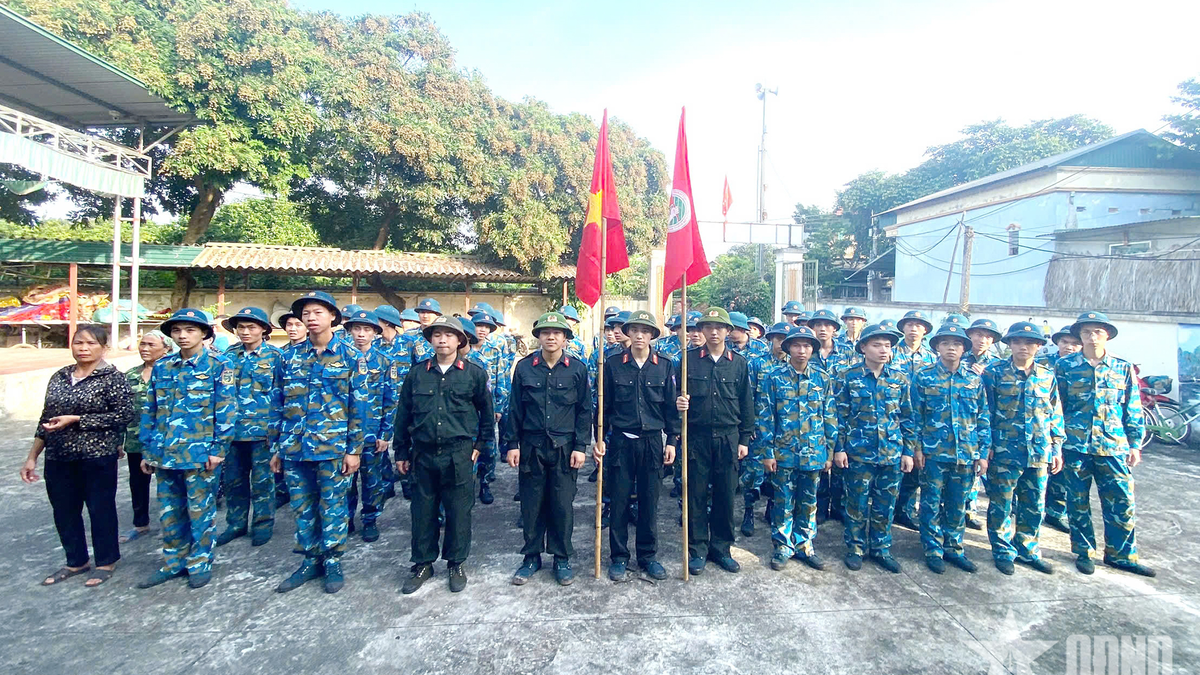

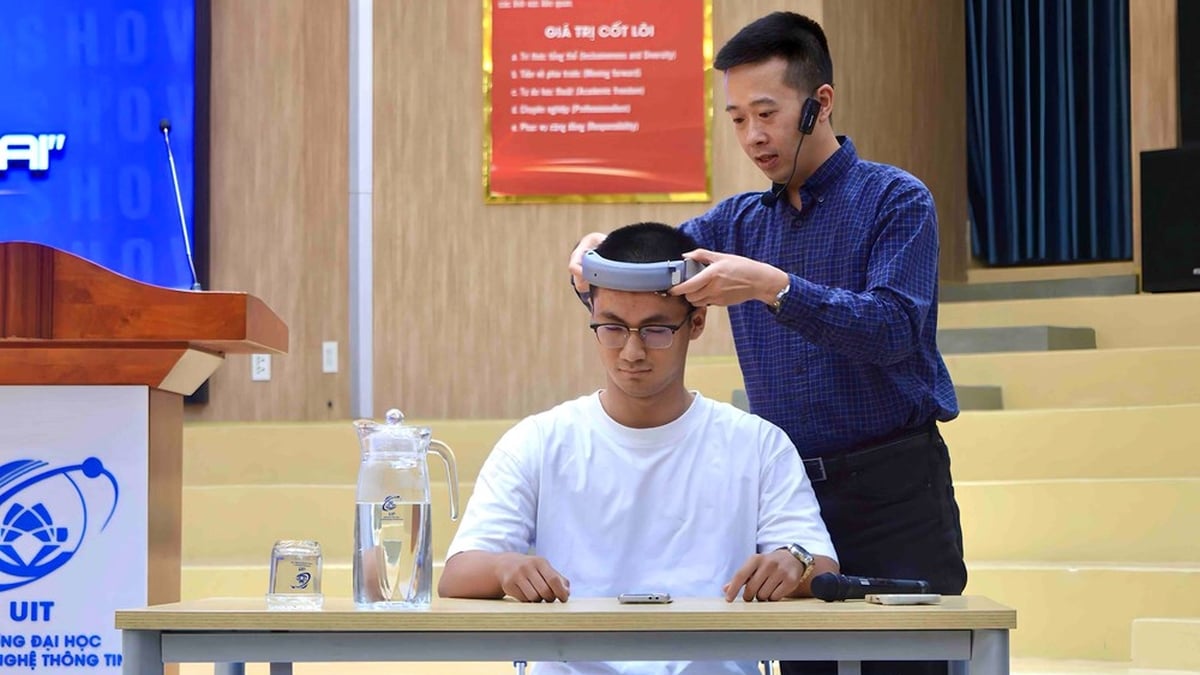
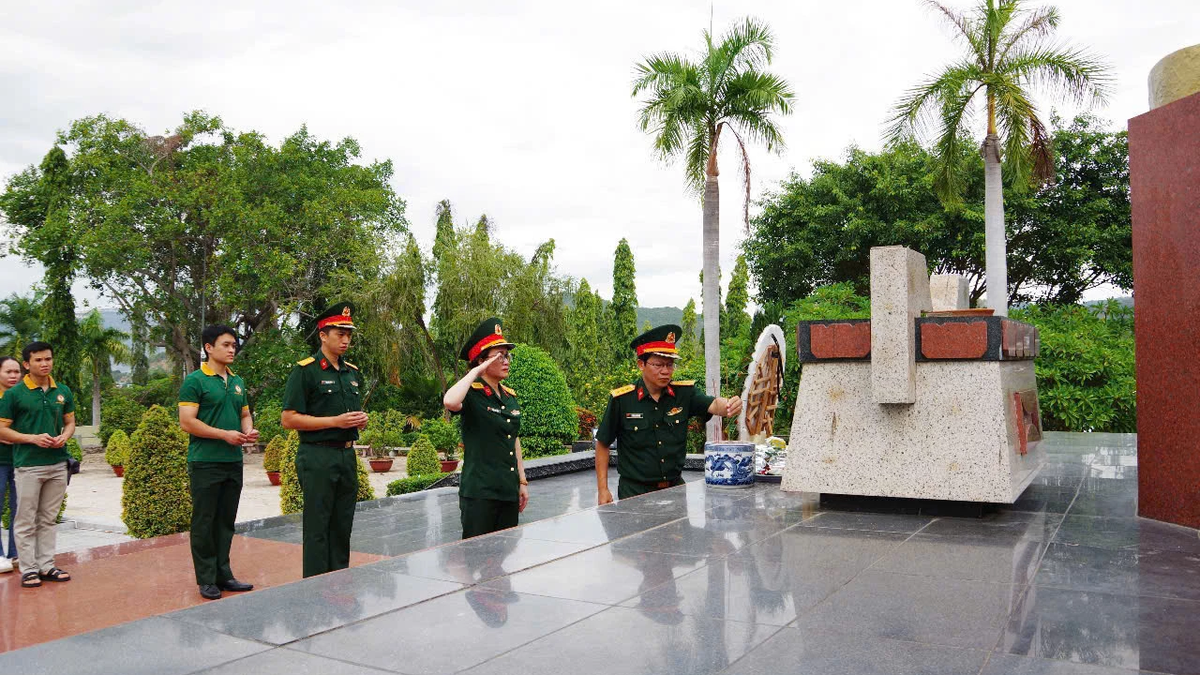
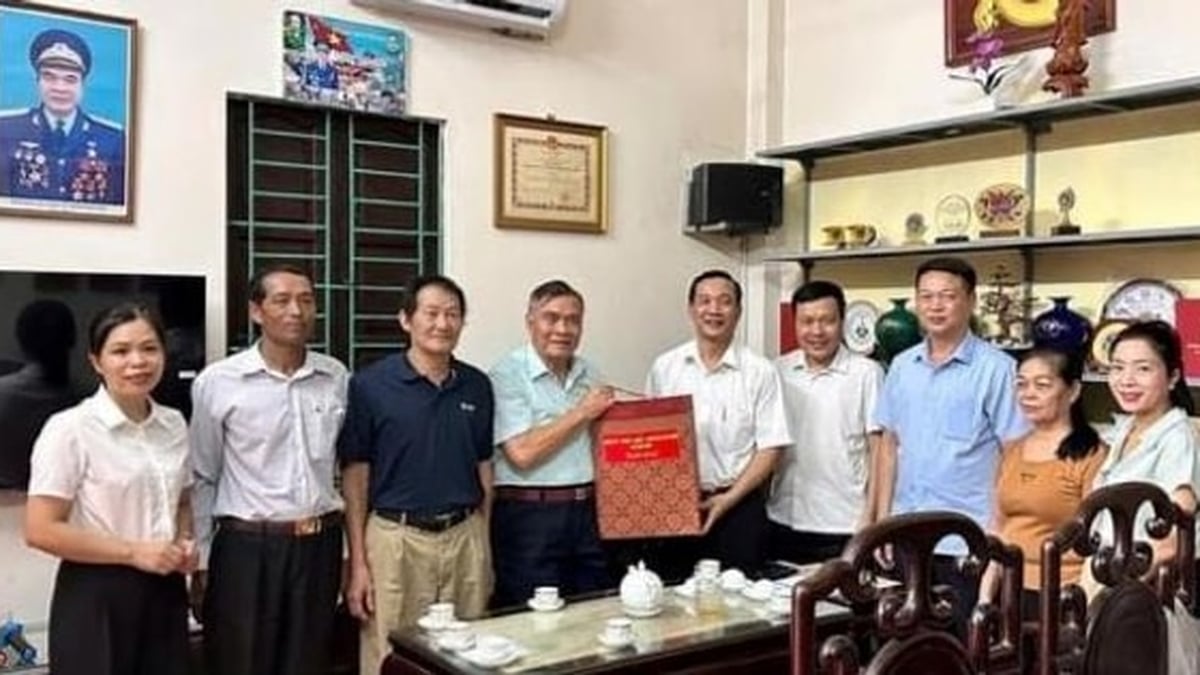

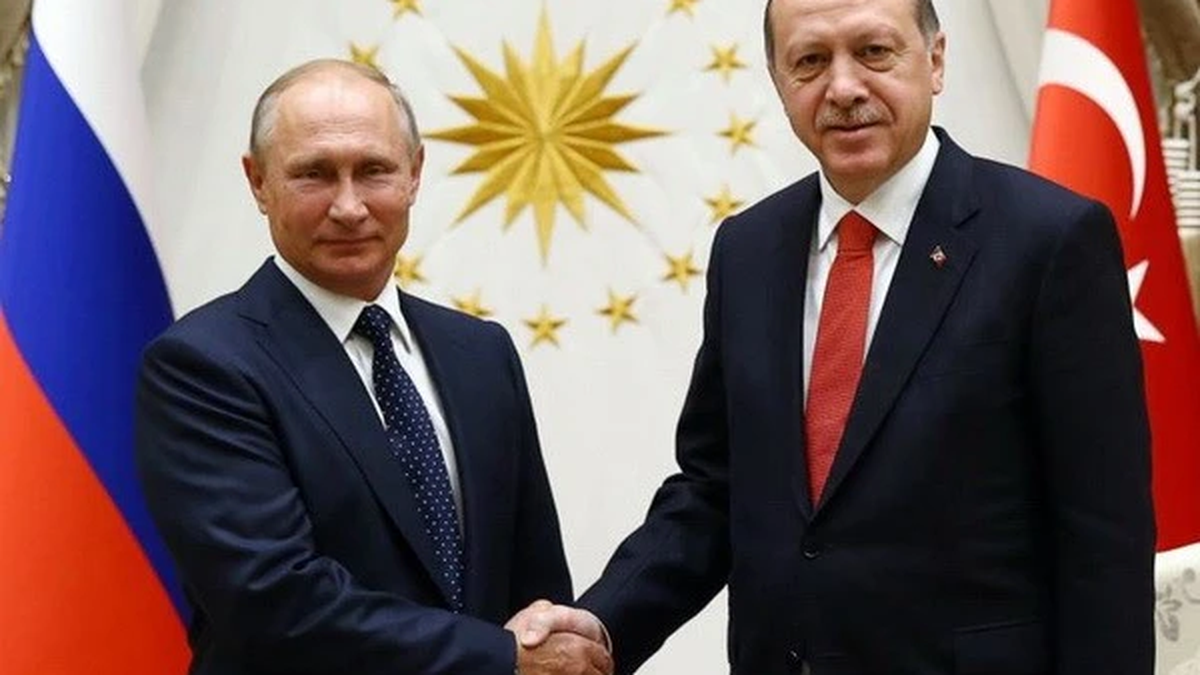

























































































Comment (0)